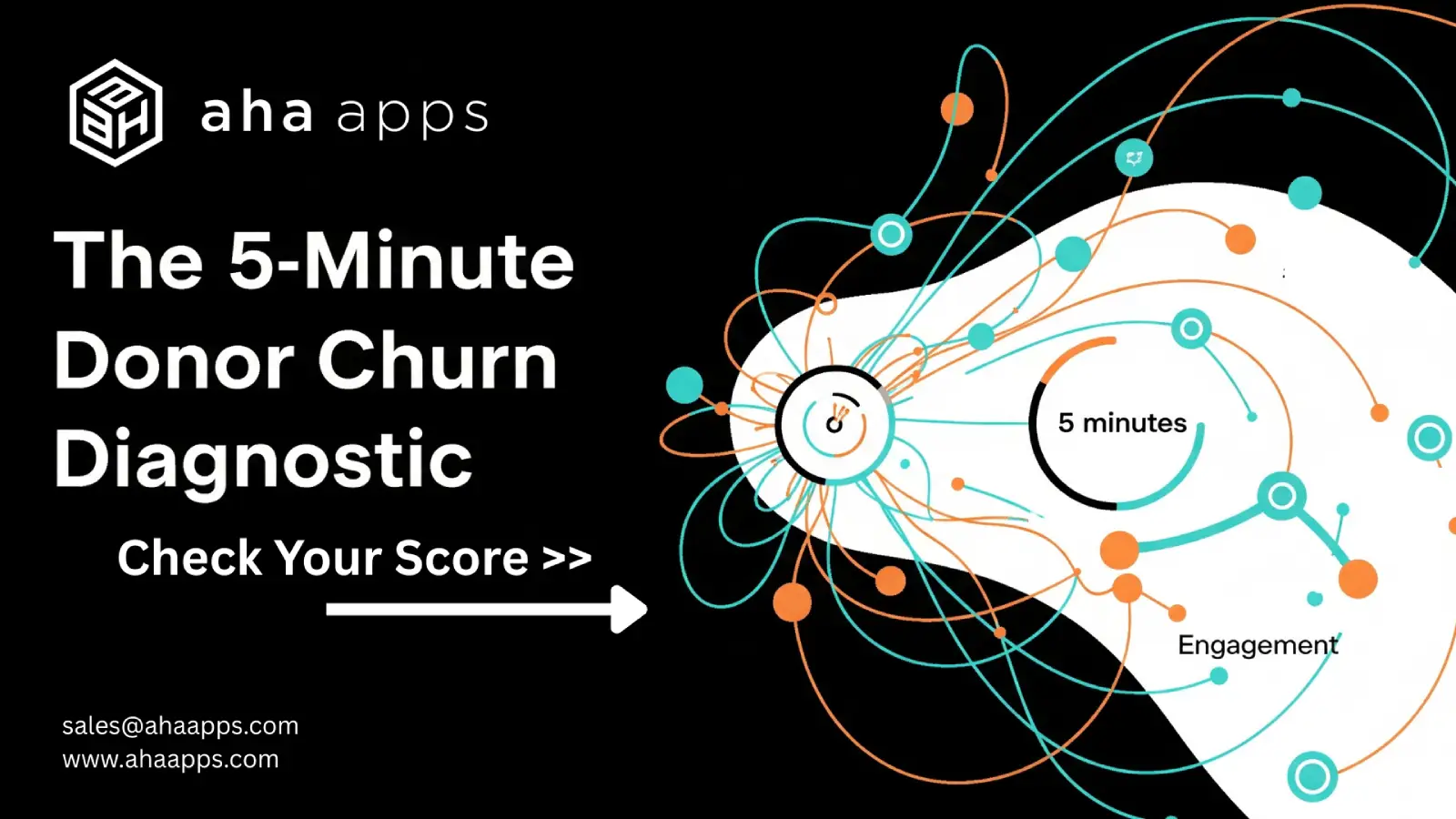 To find the Best CRM for Nonprofit, what hidden costs like per-record fees should I be aware of?
To find the Best CRM for Nonprofit, what hidden costs like per-record fees should I be aware of?

Finding a CRM that fits your budget is one of the biggest challenges for any growing nonprofit. The monthly subscription fee is obvious, but the “hidden” costs are what can truly strain your resources and lead to buyer’s remorse. To accurately identify the best CRM for nonprofits, you must look at the total cost of ownership, which includes two critical areas: pricing models that penalize growth and expensive, unbudgeted fees for data migration.
The “Success Tax”: How Per-Record Pricing Punishes Growth
One of the most insidious hidden costs is per-record pricing. Many vendors charge based on the number of contacts in your database. This model creates a direct conflict with your mission: as you successfully grow your community of donors and volunteers, your software bill automatically increases. You’re essentially penalized for succeeding. This forces you into the frustrating position of counting records instead of focusing on raising funds and building relationships.
What to look for: Seek out platforms that offer a flat, per-user fee with unlimited records This predictable model ensures your budget remains stable and your team can add every potential supporter without fear of triggering surprise price hikes. The best CRM for nonprofit organizations should celebrate your growth, not charge you more for it.
The Transition Trap: Why Data Migration Fees Stall Progress
The second major hidden cost is data migration. Your organization’s data years of donor history and relationships is invaluable. Moving it is a complex process, and many vendors charge thousands of dollars in one-time fees for this service. This is an expense that often isn’t budgeted for and can bring your transition to a halt before it even begins.
What to look for: A true technology partner will view your transition as the start of a long-term relationship. Look for vendors who offer zero-cost migration. This demonstrates their commitment to your success and removes a massive financial and logistical barrier to upgrading your technology.
Asking direct questions about these two areas will help you determine what is the best crm for nonprofits like yours and avoid the financial traps that frustrate so many organizations.
For a complete checklist to evaluate CRM vendors and uncover other potential red flags, Read Our Full Guide: “What is the Best CRM for Nonprofits? A Practical Checklist for Small Teams.”


